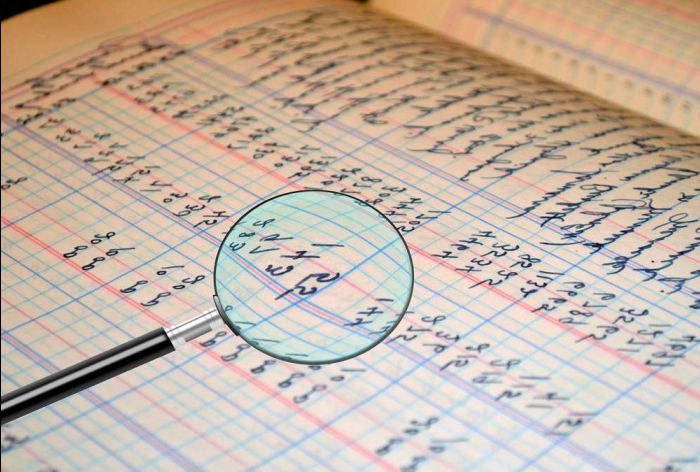This is your first time running your new business accounts or it could be the start of a new financial period. You’ve heard of what’s called an opening and closing balance, but aren’t sure what exactly it is or how and when to use it.
In this article, we’ll talk about what opening and closing balances are and when and where to put them in your accounts. Since your opening balance and closing balance are generally linked, we will also explain how to manage your closing balances. You will know what to do at the beginning or end of your financial period.
Opening Balance
An opening balance is the balance of an account at the beginning of an accounting period. It is carried over from the closing balance of the previous year. When you start a new business, your opening balances are zero, unless you have spent some money before starting it. Money from investors or lenders will be recorded as a transaction during the accounting period.
Closing Balance
The closing balance is the amount left in an account at the end of an accounting period. Again, it can be a debit or a credit, after all, transactions have been recorded for that period. To find the closing balance of an accounting period, calculate the total credits and debits for that period and find the difference between them. This balance is what you will post as your opening balance in the new registration period.
What are the Opening and Closing Balances for?
If you are moving from one accounting system to another, your opening balance and closing balance is essential for starting your new records accurately. It is important to include opening balances in your accounts to avoid distorting the numbers for this accounting period. Otherwise, it could, for example, show less or more liabilities, less or more assets, less or more capital, etc. It is not a solid basis for making decisions!
Use Accounting Software
Accounting software automatically generates opening balance and closing balance in your reports, so you don’t have to think about it.
The great thing about cloud accounting software is that you can upload your records whenever and wherever you want, so you always have a real-time view of your company’s finances.

